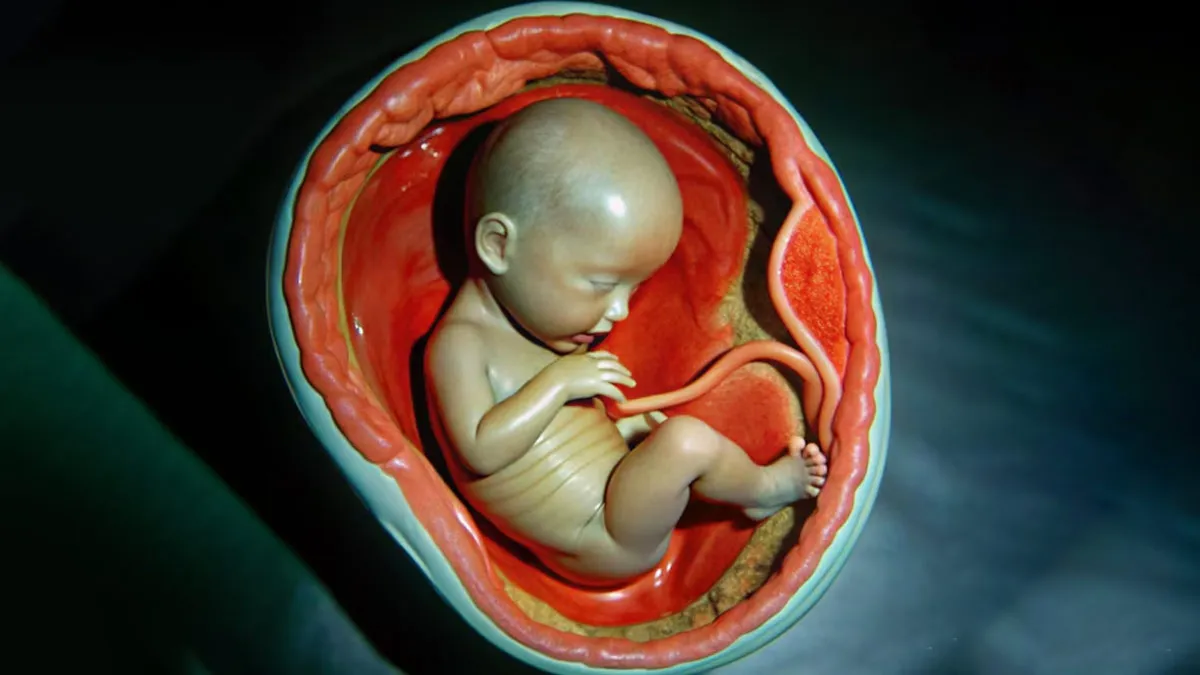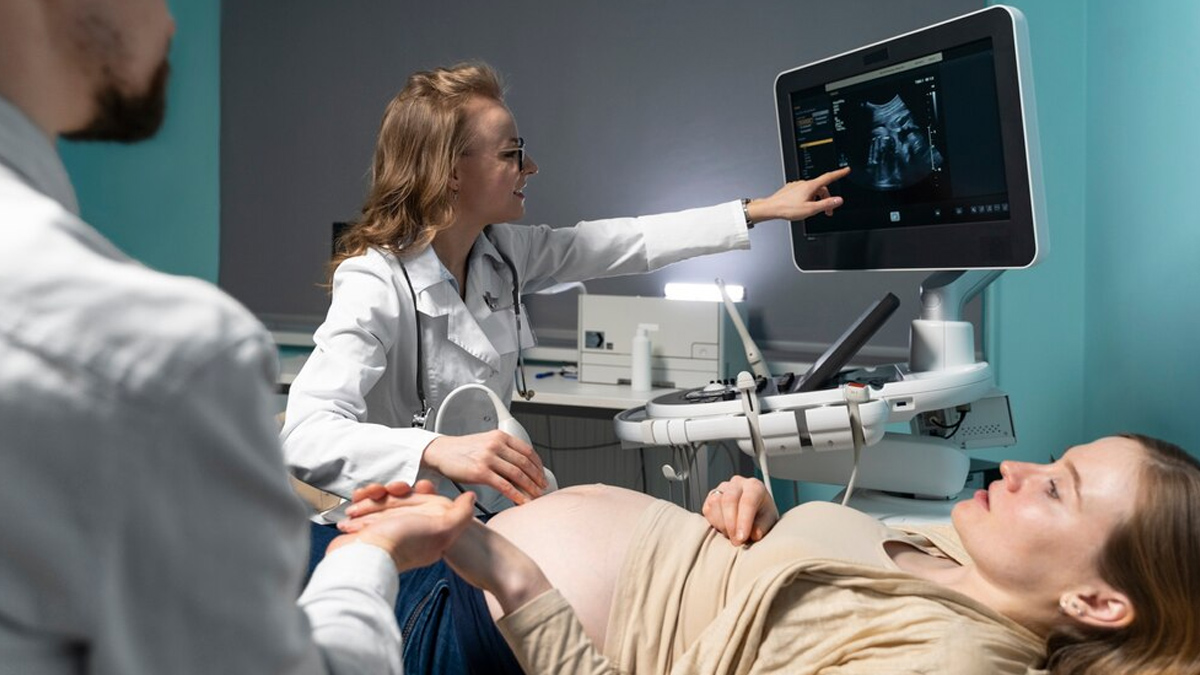
Taking care of yourself becomes important during pregnancy to ensure a healthy delivery of your child. However, in some cases, there may be complications, such as placenta accreta that can make delivery difficult and even life-threatening. It occurs when the placenta attaches too deeply to the uterine wall. To understand this condition, we spoke to Dr Gandhali Deorukhkar, Consultant - Obstetrics and Gynaecology, Wockhardt Hospitals, Mumbai Central, who explained this condition, its types, symptoms, and treatment measures.
Table of Content:-
What Is Placenta Accreta?

Placenta accreta is a health condition in which the placenta, the source of food and oxygen for the foetus, attaches too deeply to the uterine wall.
The placenta separates from the uterus in the final labour stage during a normal delivery, which is commonly known as 'afterbirth'. However, in cases of accreta, the placenta remains firmly attached to the uterine wall and fails to detach naturally during delivery. This condition is a severe pregnancy complication associated with massive and potentially life-threatening haemorrhage.
Also Read: Pregnancy: Myths You Probably Still Believe About Normal Deliveries
Symptoms of Placenta Accreta

Placenta accreta often shows no obvious symptoms during pregnancy. However, some women may experience vaginal bleeding in the third trimester. "This condition is usually detected during routine ultrasounds or after childbirth when the placenta does not detach properly. This condition affects about 1 in 500 pregnancies and requires specialised care to manage its risks effectively," said Dr Deorukhkar.
Types of Placenta Accreta
Placenta accreta has three classifications based on the depth of placental attachment:
- Placenta Accreta: The placenta adheres too firmly to the uterine wall.
- Placenta Increta: The placenta penetrates the uterine muscle.
- Placenta Percreta: The placenta grows through the uterine wall and can affect nearby organs like the bladder.
According to Obstetrics and Gynecology International, up to 60% may experience complications and up to 7% may die due to placenta accreta. Additionally, there is also an increase in perinatal complications due to preterm birth and small for gestational age foetuses.
Diagnosis of Placenta Accreta

"Early diagnosis is crucial to minimise risks. Ultrasounds and MRIs are the primary diagnostic tools to identify abnormal placental attachment. Blood tests may also help assess maternal and foetal health," added Dr Deorukhkar. Ultrasound can diagnose placenta accreta with a sensitivity of 93% and a specificity of 71%, as stated in a 2012 study.
Also Read: Is Your Pregnancy High-Risk? Here’s What You Need to Know for a Healthy Delivery
Treatment For Placenta Accreta
Dr Deorukhkar said, "Treatment depends on the severity of the condition. In most cases, a planned cesarean delivery followed by a hysterectomy (removal of the uterus) is necessary to prevent severe haemorrhage. In less severe cases, conservative management may allow the placenta to remain in place to minimise complications."
Who Is At Risk?
- Women with a history of uterine surgery, such as fibroid removal or previous Cesarean section are at higher risk.
- Maternal age greater than 35
- In Vitro Fertilisation (IVF)
- Abnormal placenta position in the uterus, such as placenta previa, is a disorder in which the placenta lies low in the uterus, usually over the cervix.
Bottomline
Dr Deorukhkar concluded, "Specialised care from a multidisciplinary team of obstetricians, surgeons, and neonatologists is needed to treat placenta accreta to ensure healthy outcomes for the mother and the child. Early detection and timely medical intervention can significantly reduce the risks associated with this condition."
[Disclaimer: This article contains information provided by an expert and is for informational purposes only. Hence, we advise you to consult your professional if you are dealing with any health issue to avoid complications.]
Also watch this video
How we keep this article up to date:
We work with experts and keep a close eye on the latest in health and wellness. Whenever there is a new research or helpful information, we update our articles with accurate and useful advice.
Current Version